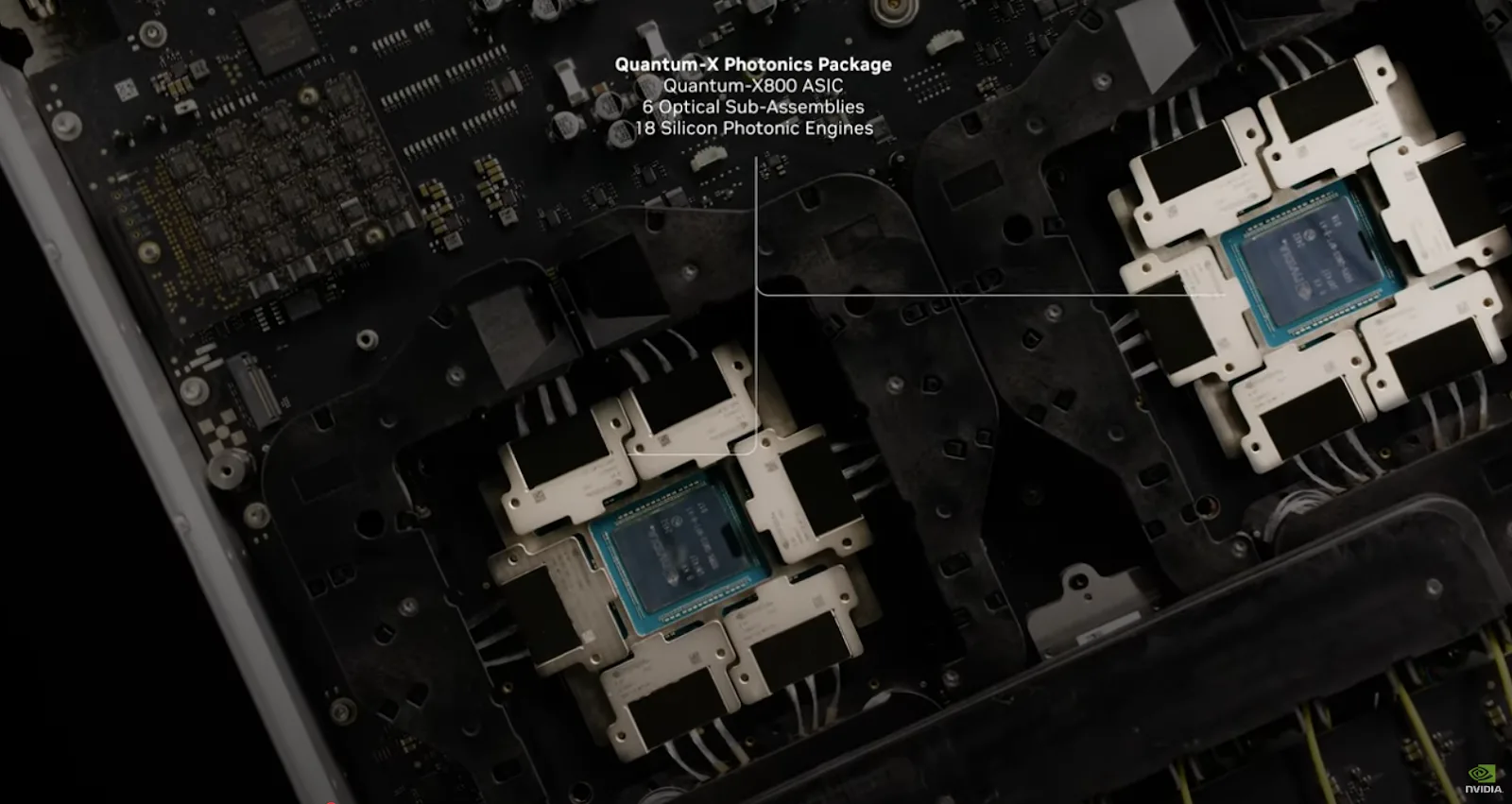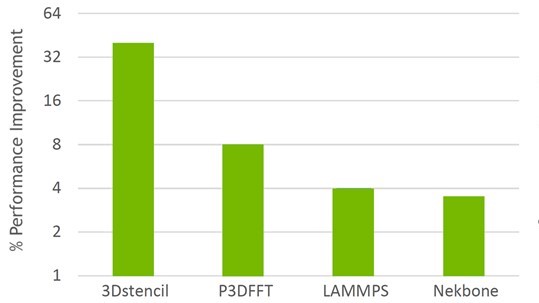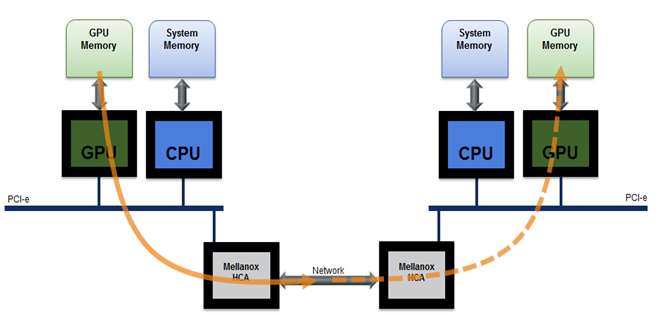NVIDIA is reshaping the landscape of data-center connectivity by seamlessly integrating optical and electrical components. But it’s not doing it alone. Central to this breakthrough is close collaboration with partners across the industry.
The NVIDIA networking platform brings together best-in-class technologies from leading partners specializing in advanced foundry processes, cutting-edge lasers, and advanced fiber-to-chip solutions. By coordinating each aspect of the solution design, NVIDIA leverages not only world-class hardware but also the supporting capabilities essential for realizing scalable, reliable, and high-performance optical systems. The result is a cohesive ecosystem that addresses the growing demands for data throughput and energy-efficient design, setting a new standard for the future of optical interconnects.
Join us as we take an in-depth look at the innovation, partnerships, and technical foundations behind the NVIDIA co-packaged optics (CPO) platform: photonics ICs, electronic ICs, fiber, packaging, connectors, and lasers. By examining these cutting-edge advancements, we’ll detail how the NVIDIA ecosystem enables the future of scalable, energy-efficient AI factory interconnects.
How TSMC helped solve Micro Ring Modulator problems
At the heart of CPO innovation lies the NVIDIA Micro Ring Modulator silicon photonics engine—a breakthrough that redefines the possible density and efficiency of optical interconnects. Engineered for direct 200Gbps PAM4 modulation per wavelength, the Micro Ring Modulator achieves an ultra-low density footprint. That enables unprecedented data throughput without sacrificing physical compactness. This level of integration is key for the emerging generation of data-center switches and processors that requires smaller package form-factors to minimize power consumption while maximizing thermal mangeability.
Deep collaboration with TSMC has helped NVIDIA solve—at production scale—some of the longstanding manufacturing problems associated with Micro Ring Modulators. That includes precise control of the fabrication process, mitigation of thermal sensitivity, and consistent high-speed modulation. Through advanced process engineering and refined control techniques, NVIDIA and TSMC have achieved reliable, repeatable performance, ensuring that even at the smallest geometries, each modulator meets exacting standards required for hyperscale deployment.
What sets the Micro Ring Modulator apart is its combined small footprint and robust thermal control. This marriage of size and stability upends the traditional floorplan constraints imposed by bulkier modulator types, unlocking the potential for multi-row scaling of optical interconnect throughput within a single package. As a result, dense arrays of high-speed interconnects become feasible, dramatically increasing bandwidth per device without compromising power or thermal budgets.
How compact, optimized electro-optical engines enable power efficiency
When electro-optical interconnects are engineered in tandem, parasitic losses are minimized. Stacked CMOS and photonics components within mere microns of each other enable ultra-dense and efficient integration. This reduces power consumption and paves the way for compact, thermally manageable modules compatible with hyperscale data center environments.
Wafer-level integration of micro-lenses reduces both the duration and sensitivity of fiber alignment processes. This advancement streamlines production and enhances scalability, making wafer-scale manufacturing of high-performance photonics modules a practical reality.
How modular optical subassemblies ensure rapid deployment
The Quantum-X Photonics switch is powered by a sophisticated optical subassembly designed to deliver unprecedented bandwidth and connectivity for next-generation data centers. Each optical subassembly is engineered to provide 4.8Tbps of transmit and 4.8Tbps of receive bandwidth, making it a cornerstone of ultra-high-capacity optical data transmission. At the heart of this capability lie three COUPE-based optical engines, each supporting 1.6Tbps transmit and 1.6Tbps receive throughput. These engines harness the advanced integration of photonics and electronic circuits, leveraging TSMC’s COUPE technology to achieve not only dense co-packaging but also high power and thermal efficiency.
Each optical engine operates on eight 200Gbps PAM4 lanes for both transmit and receive, enabled through eight transmit, eight receive, and two laser input fibers per engine. This configuration ensures low-latency, high-throughput communication between the switch fabric and its optical interfaces, catering directly to the needs of AI-driven and hyperscale environments. A major advancement of this subassembly is its socket-based design for modular connectivity from the electrical interface to the main switch package, supporting rapid deployment and maintainability in the field.
In parallel, the subassembly maintains a hermetically sealed fiber interface to the optical engines. This airtight, contaminant-resistant design guarantees long-term reliability and performance, even as operational demands grow.

Each Quantum-X switch ASIC delivers 28.8Tbps full duplex bandwidth, harnessed through six high-capacity optical subassemblies. These subassemblies are seamlessly integrated on the switch package’s interposer, ensuring dense electrical and thermal coupling, and enabling efficient liquid cooling for both the switch core and all optical modules within a tightly unified architecture. The Quantum-X Photonics liquid-cooled switch system—Q3450, featuring four Quantum-X chips—provides 115.2Tbps full-duplex bandwidth over 144 ports with 800Gbps apiece, supporting low latency and scalability for NVIDIA AI factories.
The Spectrum-X Ethernet Photonics multi-chip module package offers the most dense electro-optical packaging yet, integrating 32 silicon photonics engines within a single, compact footprint. Each optical engine is engineered with 16 transmit and 16 receive lanes, delivering 3.2Tbps per engine and collectively enabling unprecedented aggregate bandwidth.
These advanced engines are now solder reflown directly onto the module substrate, ensuring robust electrical contact and exceptional reliability at manufacturing scale. This design empowers 512 lanes of 200Gbps electrical throughput within a small package, greatly advancing data-channel density while optimizing power and thermal management.
Connecting seamlessly to the outside world, the module employs a detachable optical connector that enhances assembly yield and supports fully automated, mass-manufacturing workflows. This innovative interface not only simplifies fiber attachment but also ensures precision and repeatability, making the Spectrum-X Ethernet Photonics package a transformative solution for hyperscale data centers and next-generation AI infrastructures.
How an external laser source enables reliable, scalable light delivery in photonics switches
The backbone driving optical performance in the Quantum-X Photonics and Spectrum-X Ethernet Photonics switches is their advanced external laser source (ELS) module—a high-power, field-replaceable unit that redefines how laser power is delivered to integrated optical engines. Positioned in its own dedicated, thermally controlled environment separate from the main switch chassis, the ELS ensures each laser operates within a stable thermal envelope. It reduces wavelength drift and mitigates the premature aging mechanisms that can lead to early failures.
This approach addresses one of the most persistent reliability bottlenecks in traditional data-center optics, where repeated thermal cycling rapidly degrades laser lifetime and causes costly network interruptions and maintenance activities.
NVIDIA’s adoption of high-power ELS modules enables Quantum-X Photonics and Spectrum-X Ethernet Photonics switches to centralize light generation, reducing the total number of lasers in the data center by a factor of four compared to legacy designs. This consolidation not only lowers capital and operating costs, but also reduces the probability of network failures associated with individual laser outages.
Each ELS module is engineered for modularity and field-replacement, allowing data-center operators to swap out units without disturbing the surrounding switch infrastructure. This modular design, compatible with a standard modulator form-factor, streamlines maintenance workflows and supports rapid fault isolation, ensuring that network integrity can be preserved with minimal service interruption.
Each ELS contains eight high-quality lasers that have been precisely coupled via fiber to the optical engines. An individual ELS is capable of powering 32 of the Quantum-X switch’s 576 transmit lanes. It delivers robust, distributed light to the co-packaged photonics engines and enables the unparalleled bandwidth density that distinguishes the Quantum-X Photonics platform from other offerings. Spectrum-X Ethernet Photonics switches will use the same ELS module, with 16 modules for the single-ASIC and 64 modules for the quad-ASIC versions, respectively.
Learn more about the NVIDIA CPO platform
Quantum-X Photonics and Spectrum-X Ethernet Photonics are the result of years of innovation led by NVIDIA in collaboration with its ecosystem partners. These co-packaged switches address complex challenges at the silicon and transistor levels, as well as thermal management, reliability, high-volume fiber integration with the chip, and consistent laser performance.
Quantum-X Photonics and Spectrum-X Ethernet Photonics stand as key pillars, enabling the highly reliable, power-efficient networking infrastructures required by next-generation AI factories. By blending modularity, efficiency, and robust engineering, these platforms ensure data centers can seamlessly scale and meet the exponential demands of AI-driven applications, securing NVIDIA’s leadership in the future of data center connectivity, as discussed further here.
For more, check out the previous CPO technical blog and our video on the deep dive into co-packaged optics switches. And visit our silicon photonics website for continued announcements and product release updates.







